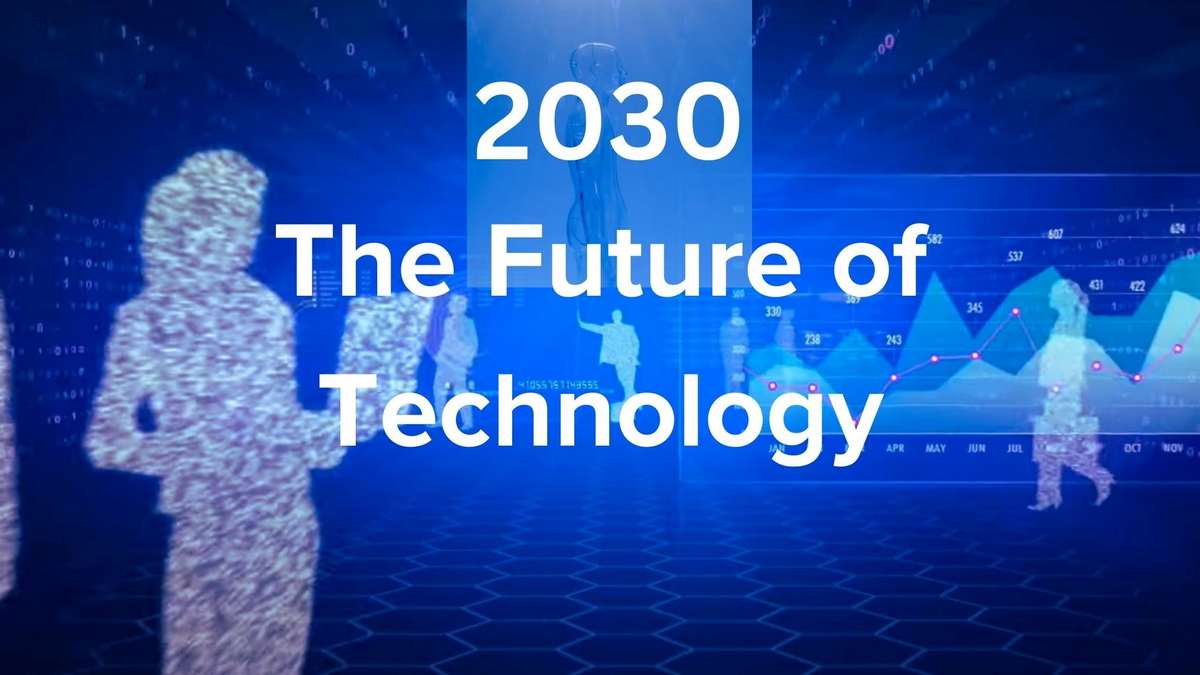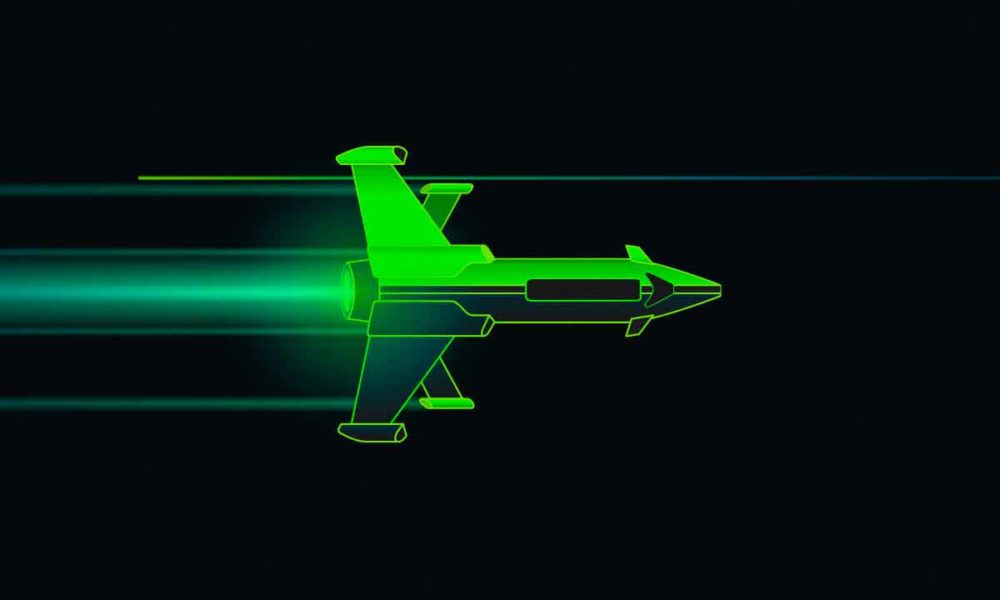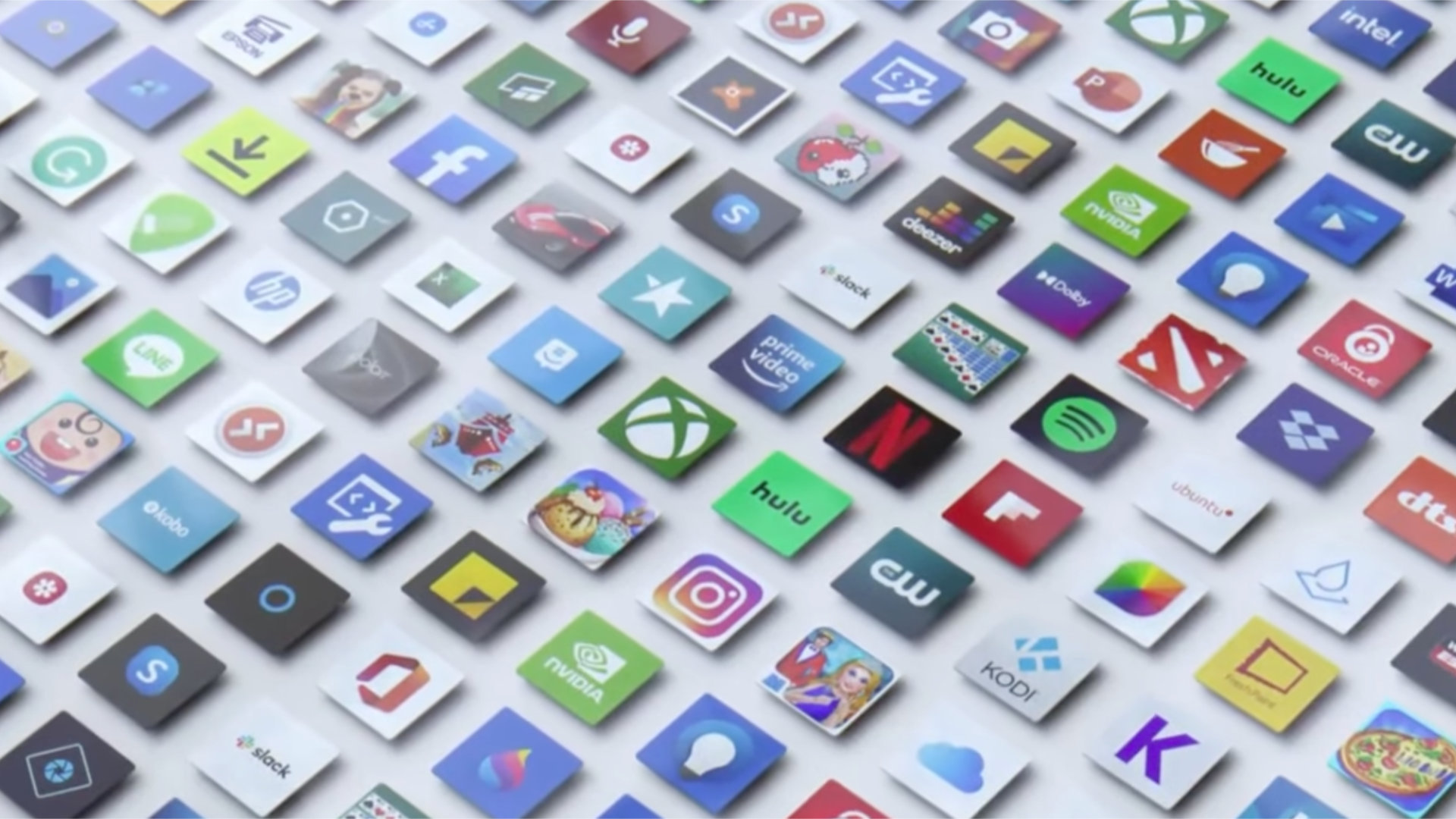
The year 2030, when said out aloud, has a nice yet eerie zing to it. On the one hand, it seems like the year when finally, nothing will be impossible for humans. All our hopes and aspirations, such as the eradication of diseases and the cleansing of the earth’s lungs, can come alive. On the other hand, 2030 sounds like a year when much can go wrong, especially due to advanced technology.
We’ll focus more on the positive here and assume that 2030 will bring about great changes and improvements in human society through tech. In this article, we aim to be a little futuristic, looking at what the future might hold for current tech trends in 2030.
Imagine a world where humans and robots have nearly become one and the lines between what is real and what is AI-generated have become blurred.
Brain-Computer Interface Devices Become a Reality
Imagine a future where keyboards are obsolete, and cars no longer need steering wheels. Instead, brain interface devices such as Neuralink allow actions like these to be directed at just a thought. AI algorithms allow these signals to be interpreted at lightning-fast speeds. You can control any device you want that is linked, or even work on a project in a fraction of the time.
Suddenly, man and machine become one as our brain signals become the most powerful form of communication ever devised. The BCIs could also act as a future digital backup for our memories, thus ensuring that the “digital memory” never dies.
A topic like Brain-Computer Interface functioning can be assigned for scholarly research. If you’re looking for someone to write my essay on the future of technology, read the rest of this article as a guide.
Quantum Computing Finally Goes Mainstream
Quantum computing applies principles from math, physics, and computer science based on quantum mechanics to solve complex problems. Some of the quantum mechanical effects include superposition, entanglement, and quantum interference. This is useful in fields such as machine learning and simulation of systems.
Quantum computing can solve problems at millions of qubits per second. Thus, it is exponentially faster than classical bit computers and can deliver a wide array of results simultaneously. Add AI to the mix, and soon enough, the whole world will see everything in technology move faster.
There’s also the possibility of a quantum internet emerging by 2030. This will revolutionize data transmission over the web, ensuring that the web experience can be as immersive as possible.
An Explosion of AI Tools
Combined with quantum computing, the possibilities for AI will eventually become endless. AI will be in everything we experience and do, and it will be pretty much an extension of the human life force. Key industries that will be transformed by the AI revolution include healthcare, security, and manufacturing.
The Arrival of Sentient AI
Artificial intelligence is expected to advance so much that by 2030, it is expected that AI will surpass humans in all intellectual tasks. However, the arrival of a conscious AI is a different matter altogether.
If this AI has been developed within ethical parameters, sentient AI is expected to take charge of systems and make them better.
Fiction Becomes Reality with Holograms
Holographic technology was once the preserve of Hollywood sci-fi movies, yet it is slowly turning into reality. Holography involves using a laser to record scattered light and then reproducing it as a 3D visualization. The phase and intensity of the light is recorded.
Holographic experiences will become much more immersive as computing power improves exponentially. Holographic technology will transform business meetings, data visualization, and even learning.
The Cities of the Future
AI-powered cities of the future will be able to predict individual needs, adjust preferences, and ensure optimum numbers of residents and resources. Imagine a city that knows everything about you and adjusts all your needs even without telling you.
Education is Completely Transformed
Education is one of the main sectors that are expected to see a transformation due to technology. Learning will be transformed through the use of AI instructors, immersive classroom experiences with holography, and the ability for the class to communicate telepathically due to brain interface devices.
Weaving Dreams Into Reality
Until now, our dreams have been a rarely unexplored realm by the scientific community, remaining more of a mystery and speculation. Researchers have, for example, studied the types of brainwaves generated when we dream, together forming the EEG.
As AI eventually takes over scholarly research, new theories about dreams will be unlocked and dreams will manifest into reality. One will have the ability to create their dreams and live them out. Or, you will be able to generate the dream that you desire in reality and live it within the dream. Virtual adventures will become a norm.
Augmented Reality (AR) Opens Up New Dimensions
Embrace a new set of eyes, humanity! AR glasses guided by AI algorithms are expected to become even more powerful and ubiquitous. AR glasses will be able to overlay information in the real world. This new layer of vision will make the world come even more alive as AR suddenly becomes a normal part of humanity.
The Metaverse and IoT Come Alive
2030 will be the year Zuck’s vision truly comes to life with the Metaverse. An explosion of AR devices, holographics, and other optical technologies will democratize the Metaverse. Facebook will slowly become a thing of the past.
With quantum computing now in effect in 2030, billions of devices will be added to the quantum Internet of Things. The Metaverse will have access to these devices and suddenly the lies between the digital and physical worlds will be blurred.
If you are a college student facing an academic assignment on the interface of the Metaverse and IoT, you can pay someone to write a paper on this subject for you.
Healthcare Will Make Massive Leaps
With Brain-Computer Interfaces and bioimplants powered by AI, diagnostics capabilities will improve exponentially. Vitals will be tracked in real-time, sending data to AI-powered doctors who can detect potential health issues before they start. Whether it’s Alzheimer’s or blood sugar levels, there will always be a doctor on call.
Gene mapping will happen at breathtaking speeds and folks will be able to choose their “perfect” baby with their “perfect” traits.
Wrapping Up
2030 is just around the corner, and technology is expected to reach a zenith, signifying the next step in human evolution. Technology can be used as a force for both evil and good. The examples highlighted in this article show that technology when used for good, can be a transformative force for humanity.
As we move into these new frontiers, remember to position yourself for the coming revolution. Only the adaptable will survive in this new dispensation.



